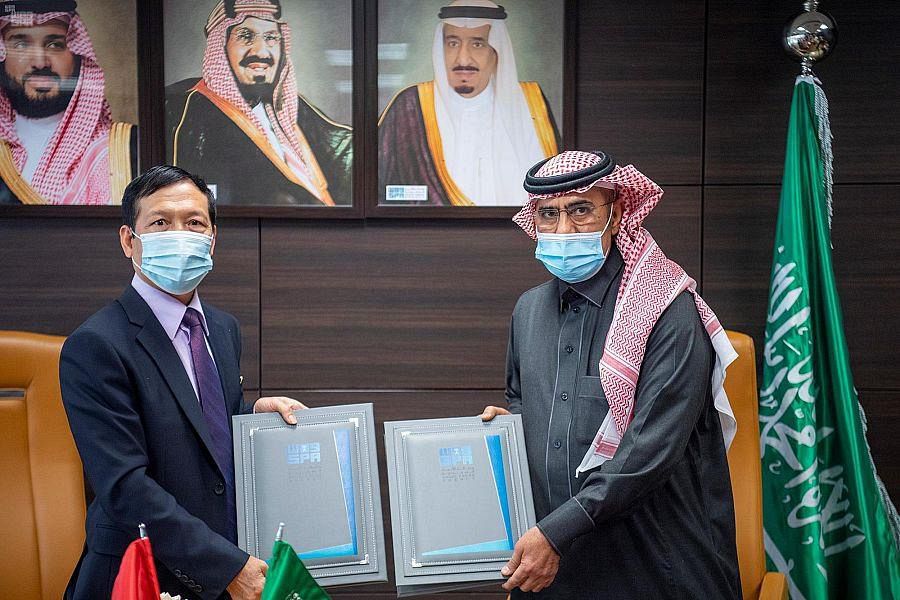
DUBAI: With the everchanging technological landscape the world is witnessing, Artificial Intelligence’s impact on the world of journalism has proved to be a double-edged sword, the Associated Press’ Director of News Partnerships Lisa Gibbs explained at Dubai’s Arab Media Forum on Tuesday.
“The biggest issue we face today is the war on fake news. AI will be a powerful tool for those seeking to create it and those seeking to combat it,” she said, adding that, “technology is getting better at creating fake images and thus we need to build tools to spot these fake images, the same goes for text and video.”
The rise of fake news across social media platforms pushed the Associated Press to launch a tool called “AP Verify” which allows AI to assess and verify news extracted from social media, Gibbs explained.
With this, AI is being introduced to more speedily form news stories based on verified minimal information supplied – thus churning out 3,700 stories a day in comparison to the 300 done solely using human journalists.
Gibbs explains that AI has the ability to create stories from merely reading data files; it also has the ability to create multiple versions of the same story to suit different platforms from broadcast and print media to digital.
While AI seems to be taking over the jobs of human journalists, Gibbs highlighted that no jobs were lost due to this – rather journalists were freed to be involved in more investigative and analytical work.
While the introduction of AI changes the way news is told by becoming more automated, the ethics and editorial principals “must stay the same,” Gibbs said.
Artificial intelligence is not the only factor playing a role in the changing landscape of storytelling, with visuals and interactives solidifying the shift in news consumers’ demands.
“The question now is: are you interested in visual news, in big themes? The consumers answer is yes, which has a huge impact on the way we tell news,” Agence-France-Presse’s Global Editor-in-Chief Phil Chetwynd said in a separate session.
“We have the capacity, through images, to tell stories we couldn’t before – all you need is internet, or at the simplest level a mobile phone – which will allow the reality to tell information in a very powerful way,” he added.
The rise of user-generated content and eye-witness media proved to be a significant in expanding the scope of where news comes from, Chetwynd explained, with 2015’s Charlie Hebdo attack being a key example of an image taken by an eye-witness being used by leading global outlets covering the incident.










